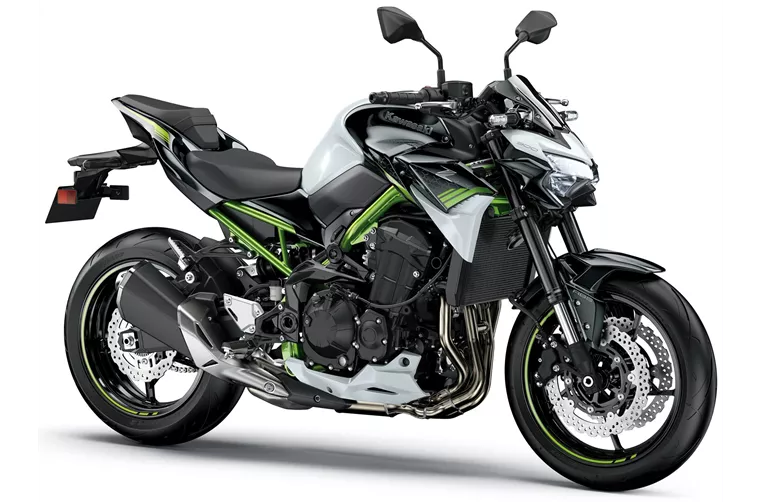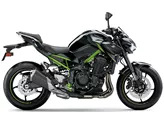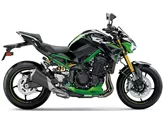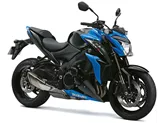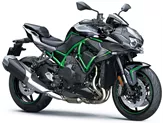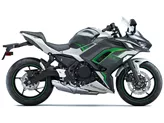Kawasaki Z900 2020 vs. Kawasaki Z1000 2010
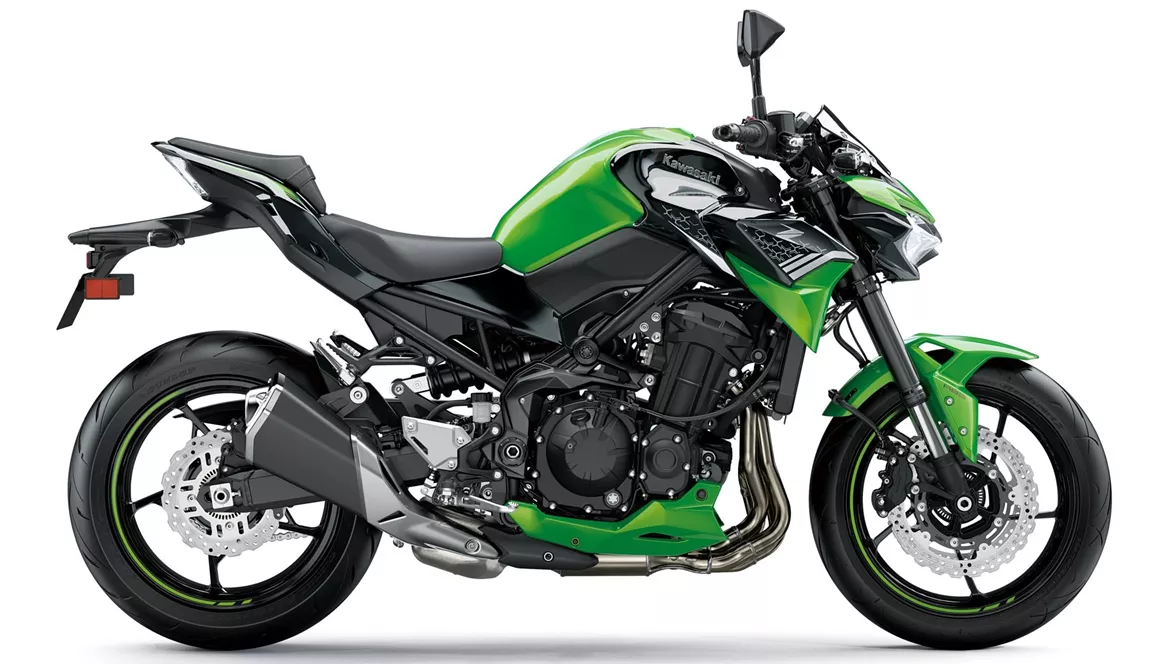
Kawasaki Z900 2020

Kawasaki Z1000 2010
Vue d’ensemble - Kawasaki Z900 2020 vs Kawasaki Z1000 2010
The Kawasaki Z900 model year 2020 and the Kawasaki Z1000 model year 2010 are both naked bikes with similar engine types, cooling systems, and four-cylinder configurations. However, there are several notable differences between the two models.
In terms of engine power, the Kawasaki Z900 2020 has a slightly lower output of 125.4 HP compared to the Kawasaki Z1000 2010, which boasts 138 HP. This difference in power may be noticeable during acceleration and top speed.
Both bikes feature upside-down telescopic forks for the front suspension, but the suspension adjustment options differ slightly. The Kawasaki Z900 2020 offers preload and rebound adjustment, while the Kawasaki Z1000 2010 provides compression, preload, and rebound adjustment. This means that the Z1000 2010 allows for more fine-tuning of the suspension to suit individual preferences.
The chassis of the two bikes also differs. The Kawasaki Z900 2020 has a steel frame, while the Kawasaki Z1000 2010 features an aluminum frame. The choice of materials may affect the overall weight and handling characteristics of the bikes.
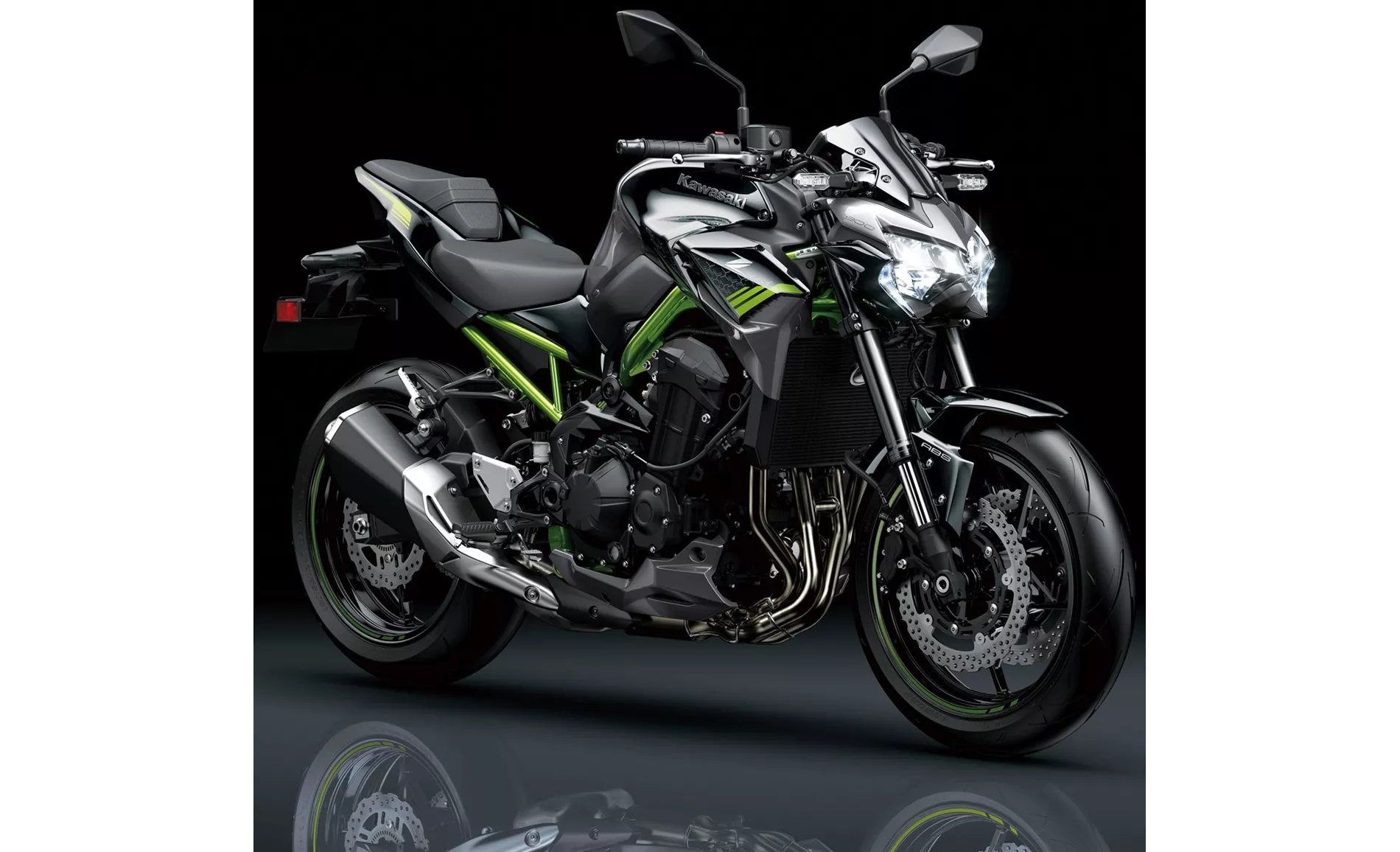
Kawasaki Z900 2020
In terms of braking, both models have double disk front brakes with four pistons. However, the Kawasaki Z1000 2010 has radial technology in addition to the petal design, which may provide better braking performance and feel.
When it comes to tire width, the Kawasaki Z900 2020 has a front tire width of 120 mm and a rear tire width of 180 mm. On the other hand, the Kawasaki Z1000 2010 has a slightly wider rear tire with a width of 190 mm. This difference may impact the bike's stability and handling.
The wheelbase of the two models also varies, with the Kawasaki Z900 2020 having a slightly longer wheelbase of 1450 mm compared to the 1440 mm of the Kawasaki Z1000 2010. This difference may affect the bike's maneuverability and stability at higher speeds.

Kawasaki Z1000 2010
In terms of seat height, the Kawasaki Z900 2020 has a lower seat height of 795 mm, while the Kawasaki Z1000 2010 offers a slightly higher seat height of 815 mm. This may be a determining factor for riders with different heights and preferences.
In terms of strengths, the Kawasaki Z900 2020 is praised for its powerful four-cylinder engine, great handling, good equipment, aggressive looks, and value for money. On the other hand, the Kawasaki Z1000 2010 is known for providing satisfaction in the saddle, plenty of power, a good chassis, comfort, sophisticated design, tightly tuned suspension elements, and more direct handling.
As for weaknesses, the Kawasaki Z900 2020 has a somewhat tiring menu navigation and lacks the option for a quickshifter. The Kawasaki Z1000 2010, on the other hand, has slightly suboptimal brake inputs, although they are still considered quite acceptable.
Overall, both the Kawasaki Z900 2020 and the Kawasaki Z1000 2010 have their own unique strengths and weaknesses. The choice between the two models ultimately depends on the rider's preferences, priorities, and budget.
Caractéristiques techniques Kawasaki Z900 2020 par rapport à Kawasaki Z1000 2010
Avantages et inconvénients en comparaison
Avantages et inconvénients en comparaison
Kawasaki Z900 2020
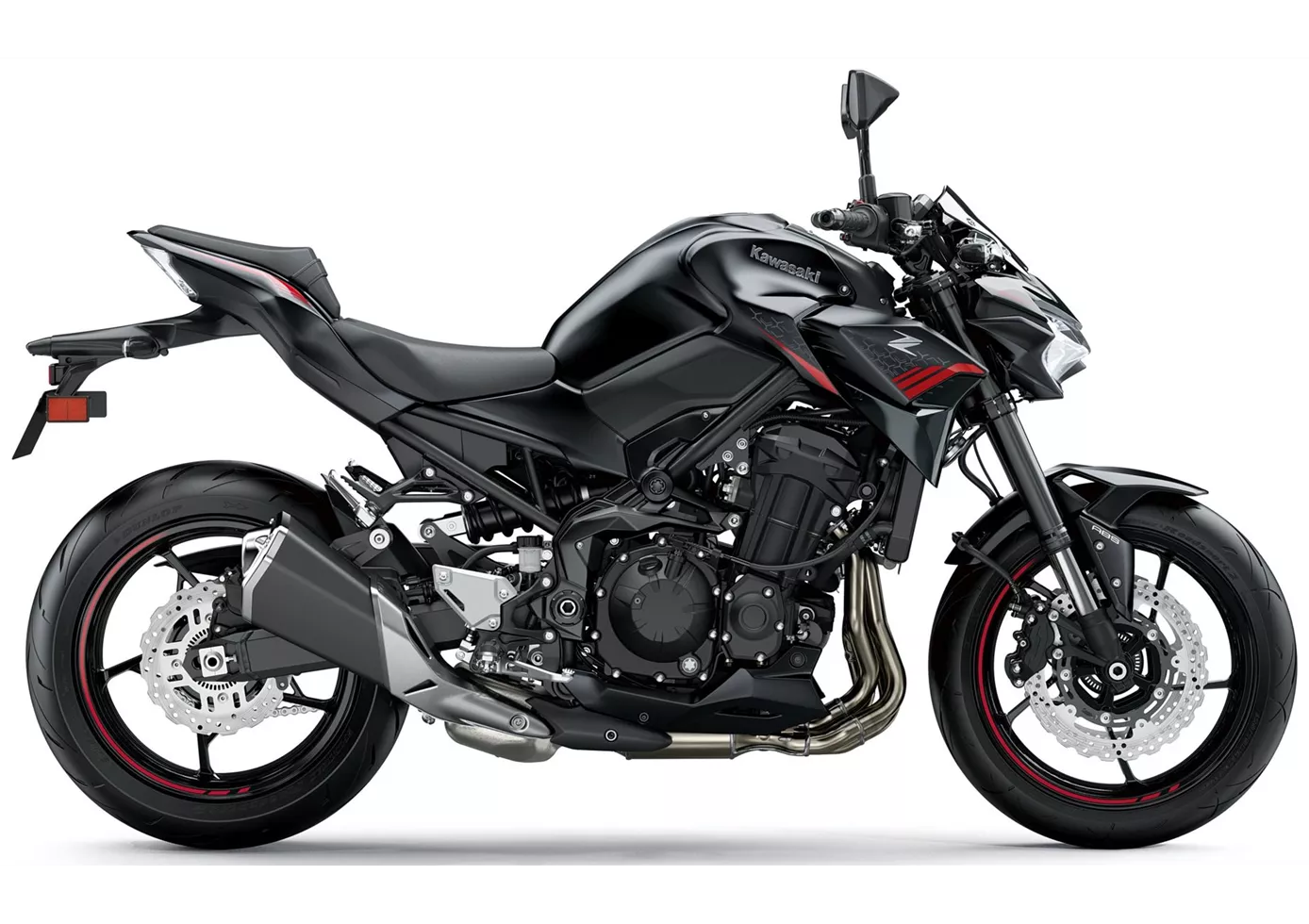
En termes de rapport qualité-prix, la Kawasaki Z900 est actuellement difficile à battre. Avec son moteur parfaitement réglé, ses composants de châssis de haute qualité et l'électronique ajoutée pour 2020, cette naked bike offre tout ce que les conducteurs sportifs recherchent. Il n'y a rien à redire, même si l'option Quickshifter aurait été un plus appréciable. En dehors de cela : un grand coup, Kawasaki !
Kawasaki Z1000 2010
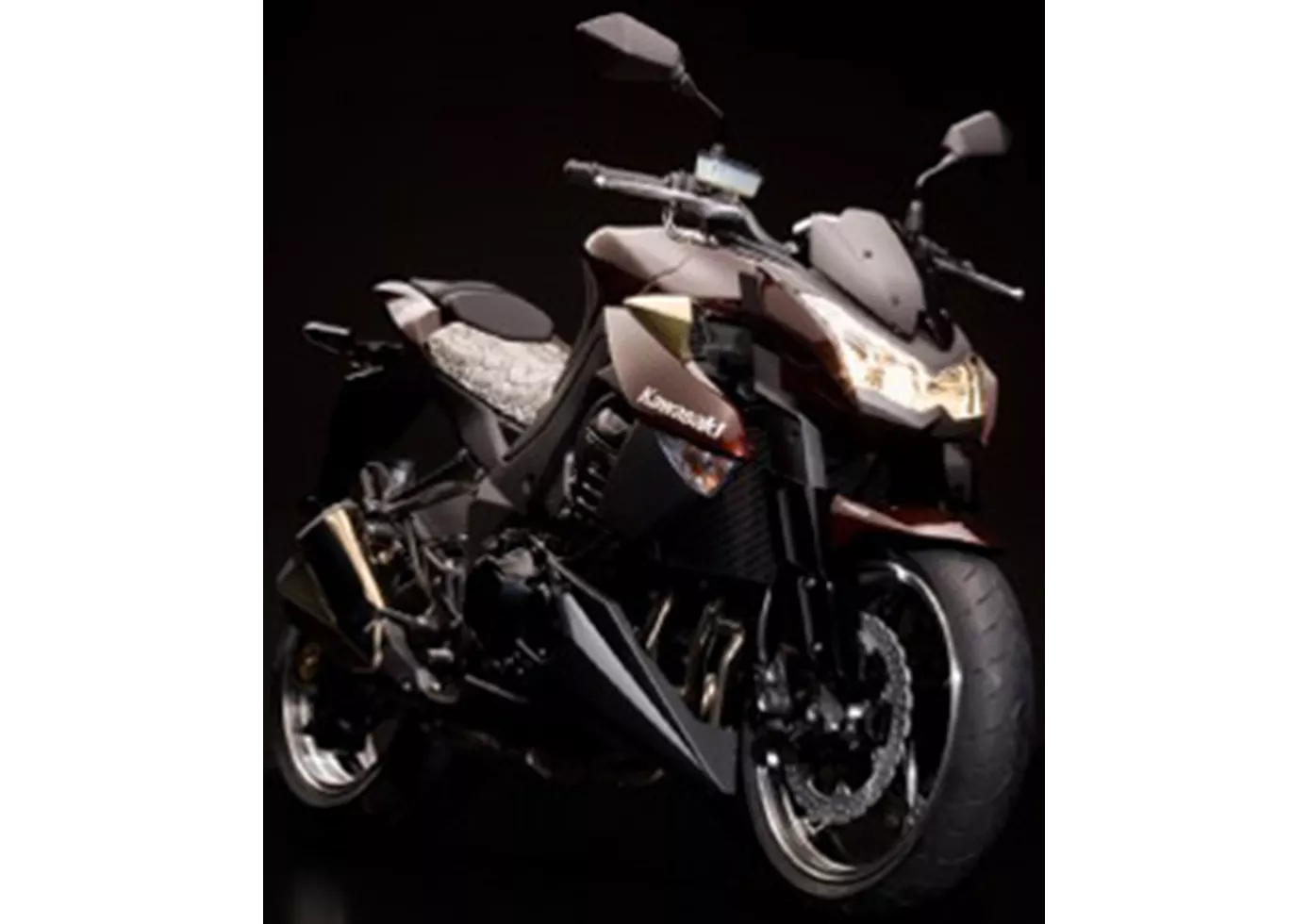
Si certaines donnaient une impression de noblesse au premier abord, les Japonais ont réussi à foutre en l'air toute la moto en montant une seule pièce rance (pot d'échappement, clignotant, bras oscillant, fourche,...). Kawasaki lance la Z 1000 en 2010, toute neuve et toute sérieuse.
Comparaison des prix Prix moyen du marché Kawasaki Z900 vs Kawasaki Z1000
There are a few key differences between a Kawasaki Z900 2020 and a Kawasaki Z1000 2010. There are the same number of bikes of both models available on the 1000PS.de marketplace, specifically 34. It takes less time to sell a Kawasaki Z1000 with 65 days compared to 124 days for the Kawasaki Z900. Since model year 2017 1000PS.de editors have written 46 reviews for the Kawasaki Z900 and 41 reviews for the Kawasaki Z1000 since model year 2005. The first review for the Kawasaki Z900 was published on 11/11/2016 and now has more than 93,200 views. This compares to more than 5,800 views for the first review on Kawasaki Z1000 published on 9/2/2002.
